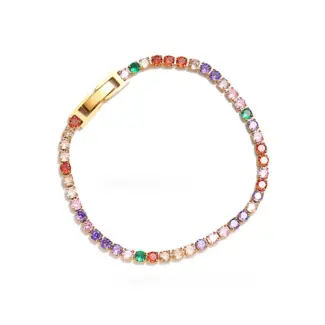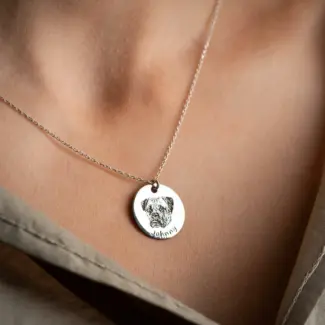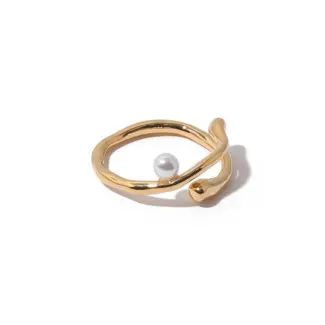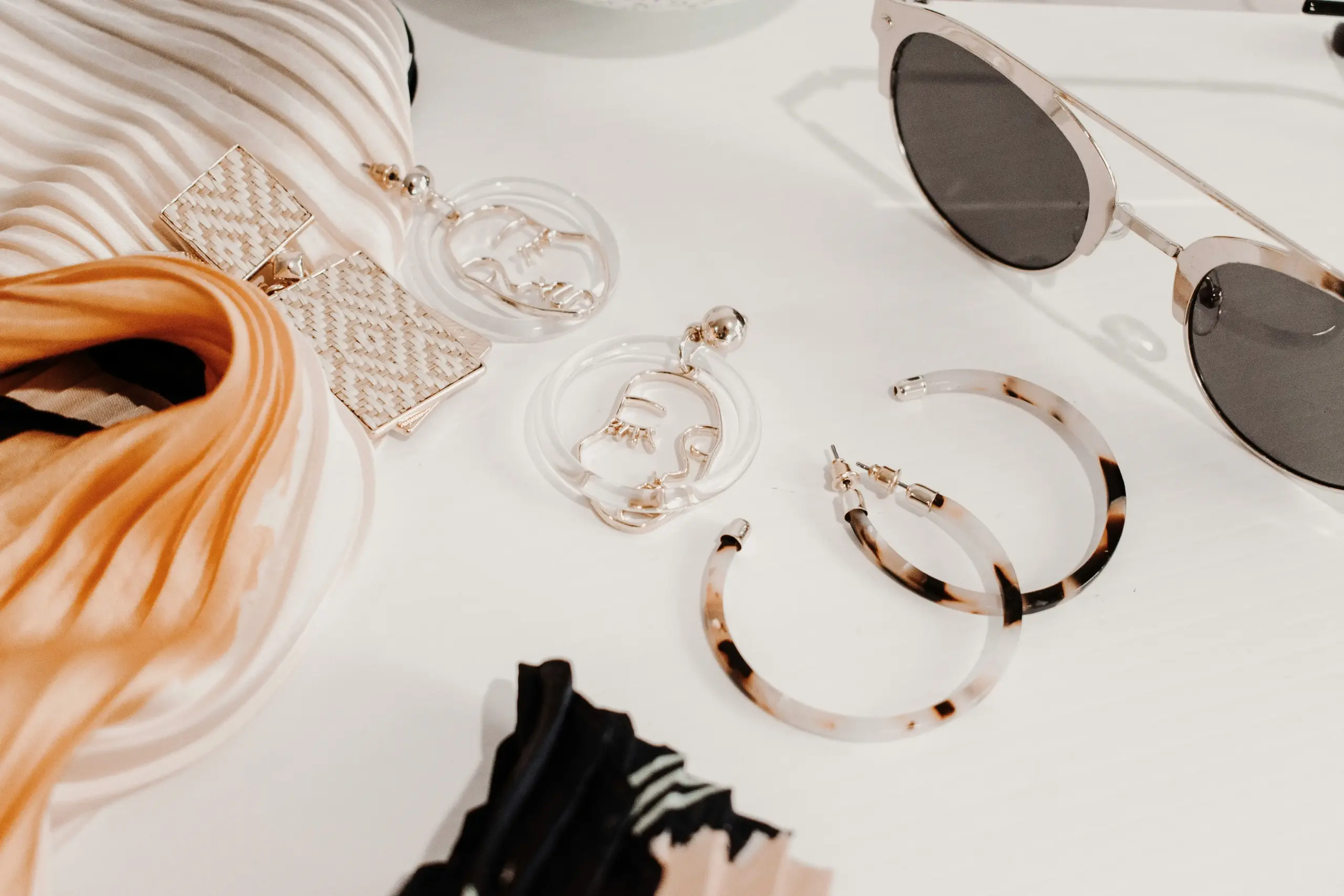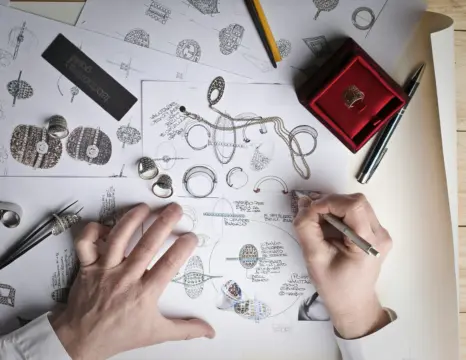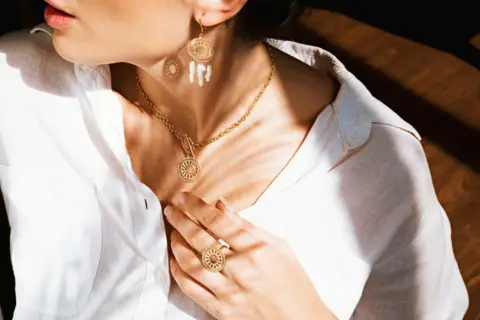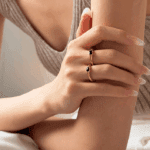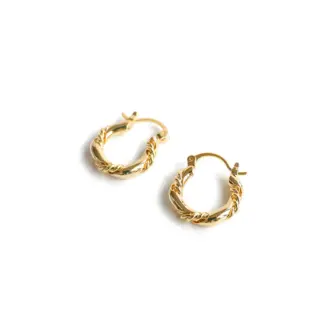Confused about jewelry sizing? Learn how to measure your ring size, choose necklace lengths, and select earring styles that flatter your face shape. Expert tips for a perfect fit!
Part 1: Ring Sizing – How to Find Your Perfect Fit
Step 1: Measure Your Finger
Wrap a strip of paper or non-stretchable string around your finger.Mark the overlap point, measure the length, and match it to a US ring size chart
Pro Tip: Measure at room temperature (fingers shrink in cold weather) and avoid measuring after exercise (fingers swell)
Step 2: Consider Lifestyle Factors
Seasonal Changes: Summer heat can cause fingers to swell; opt for a slightly looser fit in warmer months.Pregnancy & Weight Fluctuations: Choose adjustable bands or size up for long-term comfort.
Step 3: Know Your Options
Standard Sizes: US sizes 1–13 (women) and 8–16 (men).
Adjustable Designs: Ideal for growing children or fluctuating finger sizes.

Part 2: Necklace Lengths – What Works Best for You
Standard Necklace Lengths
- 14–16" Highlighting collarbones, oval faces.
- 18–20" Everyday wear, V-neck tops.
- 22–24" Layering, high-neck outfits.
Face Shape & Necklace Pairing
- Round Face: Opt for long pendants or V-shaped necklaces to elongate.
- Long Face: Choose chokers or bold shorter necklaces to balance proportions.
- Petite Frame: Delicate 16–18" chains avoid overwhelming your silhouette.
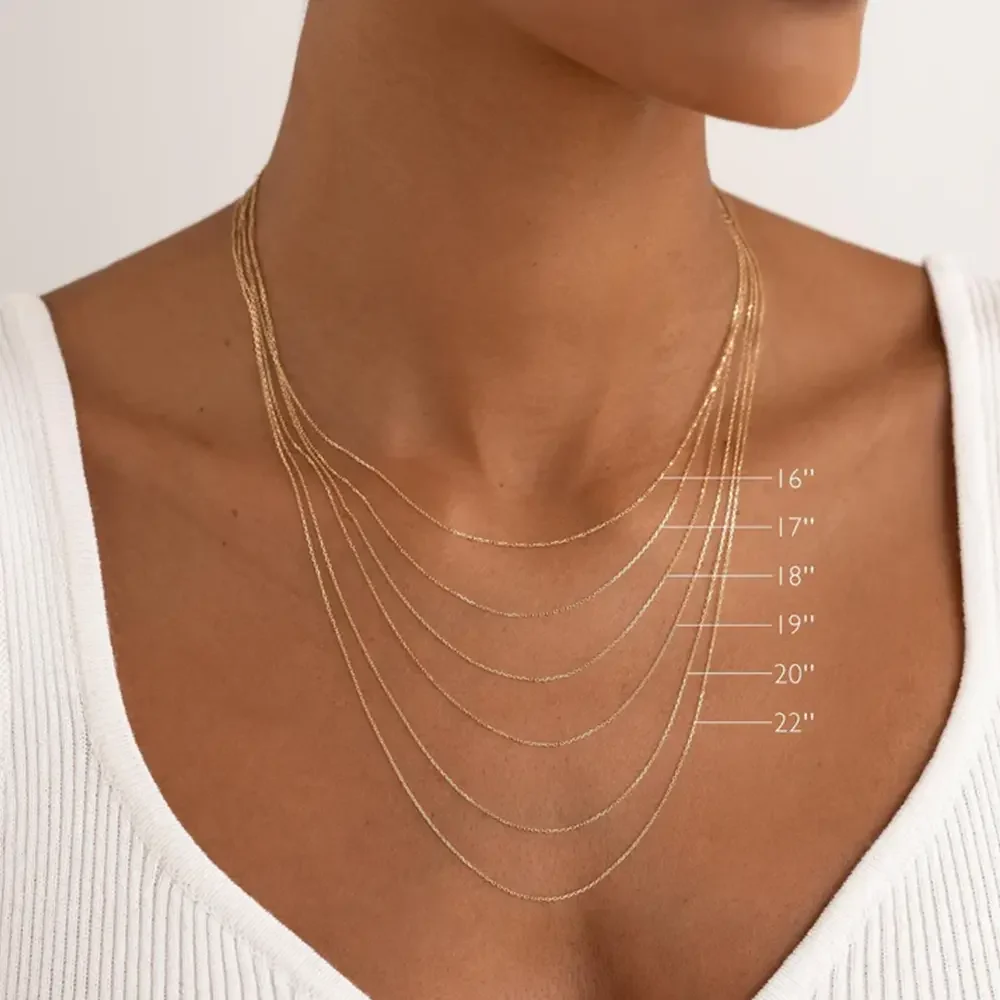
Part 3: Earring Sizing – Balancing Style & Comfort
Earring Types & Sizing Tips
- Studs: Ideal for daily wear; 6–8mm pearls or gemstones suit most face shapes.
- Hoops: 10–15mm hoops flatter round faces, while 20–30mm styles elongate square jaws.
- Hoops: 10–15mm hoops flatter round faces, while 20–30mm styles elongate square jaws.
- Heart-Shaped Faces: Balance with teardrop or chandelier designs.
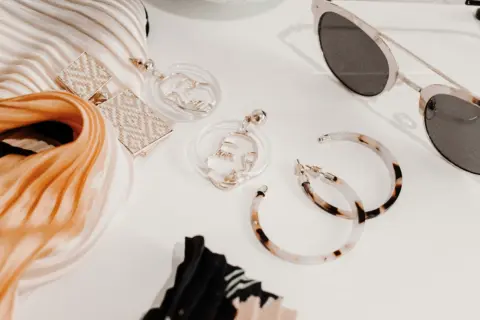
Part 4: Common Mistakes & Pro Fixes
Top 3 Errors to Avoid
- Ignoring Finger Swelling: Measure at the end of the day for accuracy.
- Mismatching Necklace & Neckline: A crewneck sweater pairs best with 20"+ chains.
- Overlooking Earring Weight: Heavy statement earrings may stretch lobes over time.













